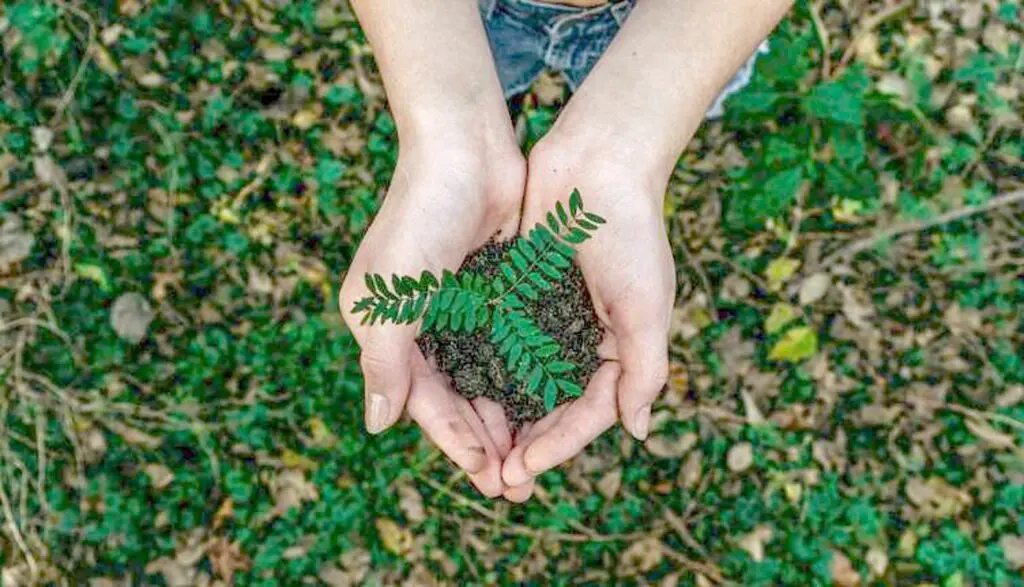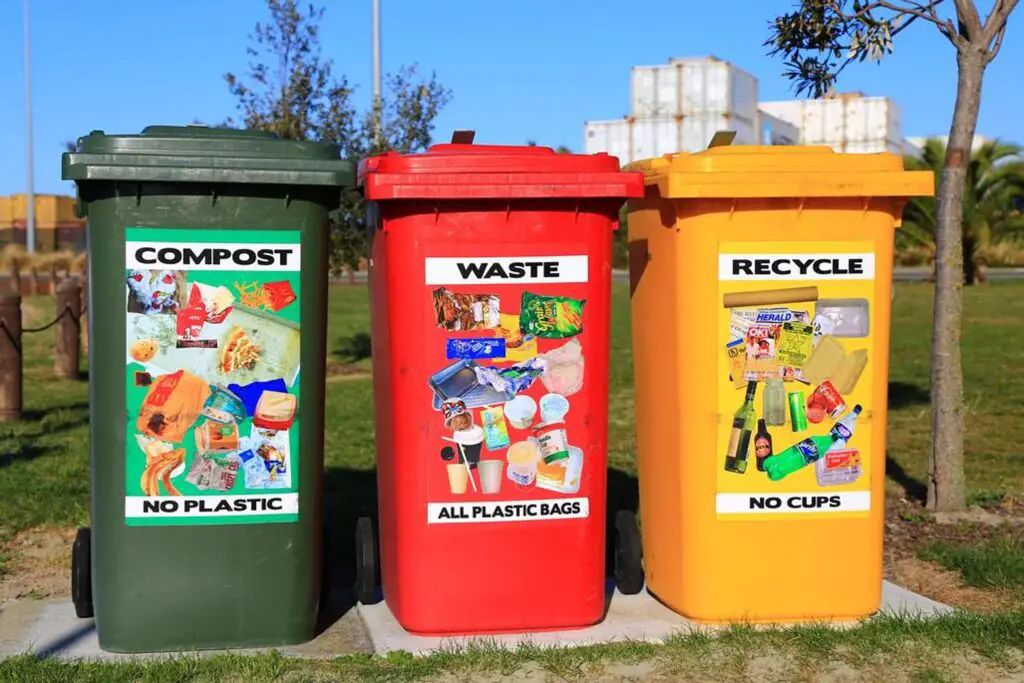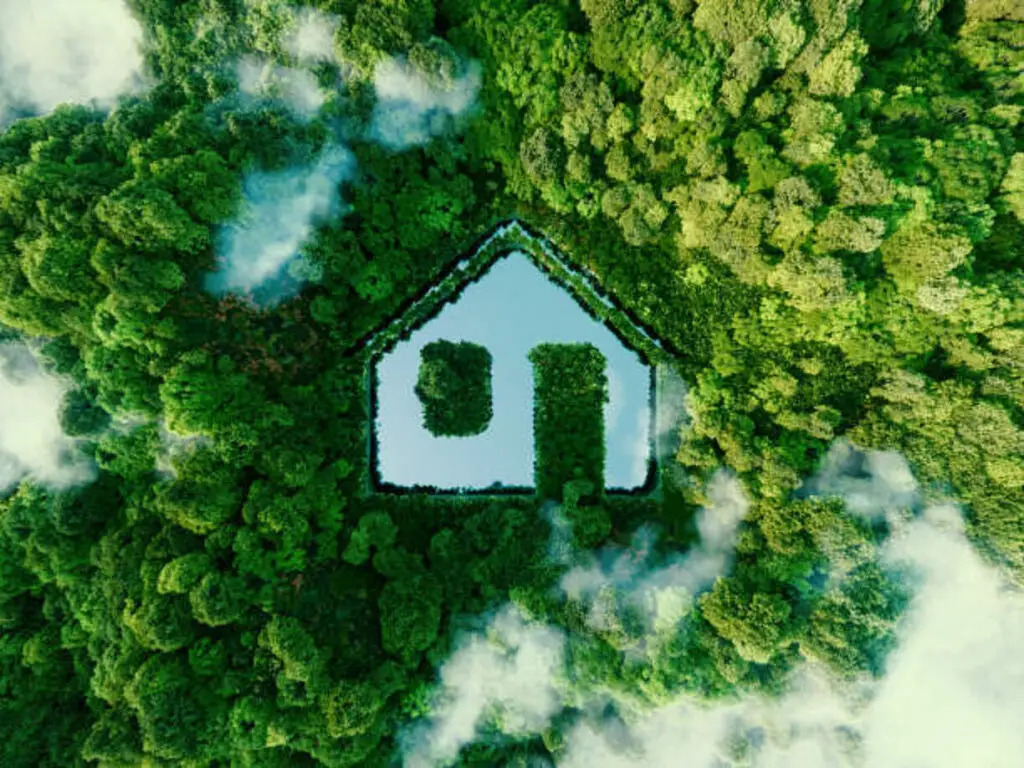In today’s world, it is more important than ever to think about our impact on the environment. Climate change is a reality, and it is up to each and every one of us to do our part in reducing our carbon footprint. One way we can do this is by adopting a more environmentally-friendly lifestyle, and by exploring ways to go green.
Living a greener lifestyle means taking steps to reduce our environmental impact and make more sustainable choices. This can include things like using energy-efficient appliances, reducing our water usage, and recycling and composting. By making these changes, we can help to preserve natural resources, reduce pollution, and protect the planet for future generations.
But the benefits of going green go beyond just helping the environment. Adopting a more sustainable lifestyle can also have numerous benefits for individuals. For example, using energy-efficient appliances can help to lower energy bills, and using public transportation or carpooling can save money on gas. Additionally, many natural cleaning products and personal care products are healthier for our bodies than those filled with harsh chemicals.
Living a greener lifestyle is a win-win situation. It helps to protect the planet and its resources, while also providing numerous benefits for individuals. It may take some effort to make changes to our daily habits, but the benefits are well worth it.
Step 1: Reduce your energy consumption

One of the easiest and most effective ways to go green and start living a more environmentally-friendly lifestyle is to reduce your energy consumption. Here are three simple steps you can take to do so:
1. Turn off lights and appliances when not in use. This may seem like a no-brainer, but it’s amazing how many of us leave lights and appliances on even when we’re not using them. By simply turning them off, we can significantly reduce our energy usage.
2. Use energy-efficient light bulbs and appliances. Energy-efficient bulbs, such as LED lights, use up to 75% less energy than traditional incandescent bulbs, and they last much longer as well. Energy-efficient appliances, such as refrigerators and washing machines, are also a great investment. They may cost a bit more upfront, but they will save you money on energy bills in the long run.
3. Unplug electronics when not in use. Many electronics, such as TVs and computers, continue to draw power even when they are turned off. By unplugging these items when not in use, you can reduce your energy usage even further.
By following these three simple steps, you can make a big impact on your energy consumption and start living a more environmentally-friendly lifestyle.
Our post Energy Conservation 101: How to Reduce Your Energy Usage at Home provides a comprehensive overview of the importance of energy conservation and various ways to reduce energy usage in your home in my detail.
Step 2: Cut down on water usage

Water is a precious resource, and it is important that we use it wisely. Here are three steps you can take to cut down on your water usage:
1. Fix any leaks. Leaks, no matter how small, can add up to a significant amount of wasted water over time. Make sure to fix any leaks you come across, whether it be a dripping faucet or a running toilet.
2. Install low-flow showerheads and faucets. Low-flow showerheads and faucets use less water than traditional ones, while still providing strong water flow. This is an easy and cost-effective way to reduce your water usage.
3. Only run the dishwasher and washing machine with full loads. Instead of running these appliances with partial loads, make sure to only use them when they are fully loaded. This will not only save water, but it will also save energy.
By following these three steps, you can make a big impact on your water usage and do your part in conserving this valuable resource.
In Small changes, big impact: How to reduce water usage in your daily life, we highlight the importance of being mindful of water usage and offer several practical steps that can be taken to reduce water consumption.
Step 3: Recycle and compost

Recycling and composting are two simple ways to go green and reduce our impact on the environment and preserve natural resources. Here are two steps you can take to start incorporating these practices into your lifestyle:
1. Learn about what can and cannot be recycled in your area. Recycling guidelines vary from place to place, so it’s important to learn about what is and isn’t accepted in your area. Many communities provide information on their websites or through local government offices, so make sure to do your research.
2. Start a compost bin for organic waste. Composting is the process of breaking down organic material, such as food scraps and yard waste, into a nutrient-rich soil amendment. By starting a compost bin, you can reduce the amount of waste that ends up in landfills, and you’ll also have a natural and free source of fertilizer for your garden.
By recycling and composting, we can reduce the amount of waste that ends up in landfills, conserving resources and helping to protect the environment. For more information, you can check out The Benefits of Recycling and Composting: Why It’s More Important Than Ever.
Step4: Reduce your waste

Reducing our waste is an important part of living a more environmentally-friendly lifestyle. Here are three steps you can take to start reducing your waste:
1. Use reusable shopping bags, water bottles, and containers. Single-use plastics, such as plastic bags and bottled water, are a major contributor to pollution and waste. By using reusable alternatives, we can significantly reduce our waste.
2. Avoid single-use plastics. In addition to using reusable shopping bags, try to avoid single-use plastics as much as possible. This includes items like plastic cutlery, straws, and coffee cups.
3. Shop for products with minimal packaging. Look for products with minimal packaging, or that are packaged in materials that are easily recyclable. You can also try to purchase in bulk, as this often results in less packaging overall.
By following these three steps, we can reduce the amount of waste we produce and do our part in protecting the environment.
Reducing waste is crucial for living a more environmentally-friendly lifestyle. Get Started on Your Waste Reduction Journey with These Practical Tips.
Step 5: Support environmentally-friendly businesses

In step 5 of our series on how to live a more environmentally-friendly lifestyle, we’ll be focusing on how to support businesses that prioritize sustainability.
One of the most important things you can do to support environmentally-friendly businesses is to look for products with eco-friendly certifications. These certifications, such as the Environmental Protection Agency’s Energy Star program or the Forest Stewardship Council’s FSC certification, ensure that the products you are purchasing have been manufactured in an environmentally-responsible manner.
In addition to looking for eco-friendly certifications, it’s also a good idea to support local businesses that prioritize sustainability. Local businesses are often more connected to their communities and may be more likely to prioritize environmental concerns. By supporting these businesses, you can help to encourage more companies to adopt sustainable practices.
Remember, every small action you take can make a difference in the long run. By supporting environmentally-friendly businesses, you can help to create a more sustainable future for everyone.
Supporting environmentally-friendly businesses is a key step in living a more sustainable lifestyle. These businesses are often more connected to their communities and may be more likely to consider the environmental impact of their practices. For more information, you can check out this link: The Benefits of Choosing Sustainable Companies and Why It’s Worth It.
Step 6: Conserve natural resources

One of the most important steps we can take to protect the environment is to conserve natural resources. There are many ways to do this, but one of the most effective is to support organizations that work to protect natural habitats and resources. These organizations often work to preserve forests, oceans, and other ecosystems, as well as to protect the plants and animals that call these habitats home.
Another way to conserve natural resources is to avoid products made from endangered species. Many animals and plants are at risk of extinction due to habitat loss, pollution, and other human activities. By choosing not to purchase products made from endangered species, we can help reduce the demand for these materials and ultimately help protect these species from extinction.
There are many ways to support organizations that work to protect natural habitats and resources. One way is to donate money to these organizations, which can help fund their conservation efforts. Another way is to get involved in conservation projects, whether through volunteering your time or participating in local events and fundraisers.
No matter how you choose to get involved, it’s important to remember that every small action can make a big difference in the fight to conserve natural resources and protect the environment. By working together, we can all play a role in ensuring that our planet remains a healthy and sustainable place for future generations.
The Importance of Conserving Natural Resources: Why It Matters goes into more detail why Conserving natural resources is essential for protecting the environment.
Step 7: Use public transportation or carpool

If you’re looking to reduce your carbon footprint and live a more environmentally-friendly lifestyle, consider using public transportation or carpooling as an alternative to driving. Not only is it better for the environment, but it can also save you money on gas and reduce traffic congestion on the roads.
Taking the bus, train, or subway is a convenient and cost-effective way to get around the city. Public transportation systems are designed to get you where you need to go efficiently, and they often offer discounts for students, seniors, and people with disabilities. Plus, you can use the time you would have spent driving to catch up on work, read a book, or just relax.
Carpooling with friends or co-workers is another great option if you have a long commute or if you’re travelling to the same destination. Not only will you be helping the environment by reducing the number of cars on the road, but you’ll also have the opportunity to socialize and make new connections. Just make sure to plan ahead and coordinate with your carpool mates to ensure a smooth and successful ride.
Using public transportation or carpooling may require some extra planning and coordination, but the benefits are well worth it. Not only will you be doing your part to protect the environment, but you’ll also save money and reduce stress on the roads. So the next time you need to get somewhere, consider skipping the solo drive and opt for a more sustainable mode of transportation.
Using public transportation or carpooling is a great way to reduce your carbon footprint and live a more environmentally-friendly lifestyle. For more tips see our guide on The Environmental, Economic, and Personal Benefits of Public Transportation and Carpooling.
Step 8: Support renewable energy

If you’re serious about reducing your carbon footprint and living a more environmentally-friendly lifestyle, it’s important to consider how you can support renewable energy. There are a few different ways you can do this:
1. Switch to a renewable energy plan for your home: Many electricity providers offer renewable energy plans that allow you to power your home with clean, renewable energy sources such as solar, wind, or hydroelectric power. Not only will this help reduce your carbon footprint, but it can also save you money on your energy bills in the long run.
2. Support politicians and policies that promote renewable energy: Another way to support renewable energy is by electing politicians who prioritize it and supporting policies that incentivize the use of renewable energy sources. This can include things like tax breaks for businesses that invest in renewable energy or subsidies for individuals who switch to a renewable energy plan.
By supporting renewable energy, you can help reduce our dependence on fossil fuels and protect the environment for future generations. It may require some extra effort and potentially some upfront costs, but the long-term benefits for both the planet and your wallet make it well worth it. For more information on how you can support renewable energy, check out this post: The Power of Individual Action: How You Can Support Renewable Energy.
Step 9: Use natural cleaning products

Cleaning your home is an important part of maintaining a healthy and safe living environment, but the chemicals found in many commercial cleaning products can have negative impacts on both your health and the environment. That’s why it’s important to consider using natural cleaning products whenever possible.
There are a few different ways you can do this:
1. Avoid harsh chemicals: Many commercial cleaning products contain harsh chemicals that can be harmful to inhale and can also have negative impacts on the environment when they’re washed down the drain. Look for products that are made with natural ingredients and avoid those that contain toxic chemicals like chlorine, ammonia, and phthalates.
2. Opt for natural cleaning alternatives: There are many natural ingredients that can be just as effective as commercial cleaning products at tackling dirt and grime. Some of the most common natural cleaning ingredients include vinegar, baking soda, lemon juice, and essential oils. These ingredients are not only safer for you and the environment, but they’re also often cheaper and easier to find than commercial cleaning products.
3. Make your own cleaning products: Another option is to make your own cleaning products using natural ingredients like vinegar, baking soda, and essential oils. Not only will this allow you to control the ingredients that go into your cleaning products, but it can also save you money in the long run. There are countless recipes available online for homemade cleaning products, so you can easily find one that works for you.
By using natural cleaning products, you can keep your home clean and healthy without exposing yourself or the environment to harmful chemicals. It may require a bit of extra effort to find and use natural cleaning products, but the benefits are well worth it. For more information on how to make the switch to natural cleaning products, check out How to Make the Switch to Natural Cleaning Products: A Beginner’s Guide.
Conclusion
Living a more environmentally-friendly lifestyle may seem daunting, but the truth is that even small changes can make a big difference. Every step you take towards a greener lifestyle is a step in the right direction, and every decision you make has the potential to reduce your carbon footprint and protect the planet.
Some of the steps you can take include reducing your energy and water usage, using reusable bags and containers, choosing environmentally-friendly products, using public transportation or carpooling, supporting renewable energy, and using natural cleaning products. While each of these steps may seem small on its own, when combined they can have a significant impact on the environment.
It’s important to remember that no one is perfect, and it’s okay to make mistakes. The important thing is to keep trying and to continuously make an effort to live a more environmentally-friendly lifestyle. Every step counts, and by taking even just a few small steps, you can help create a more sustainable future for all of us.




